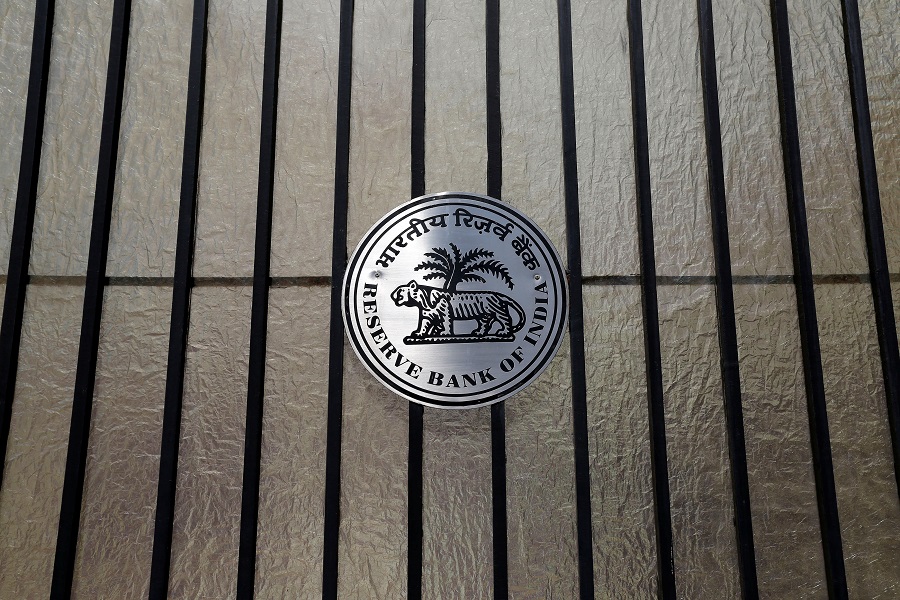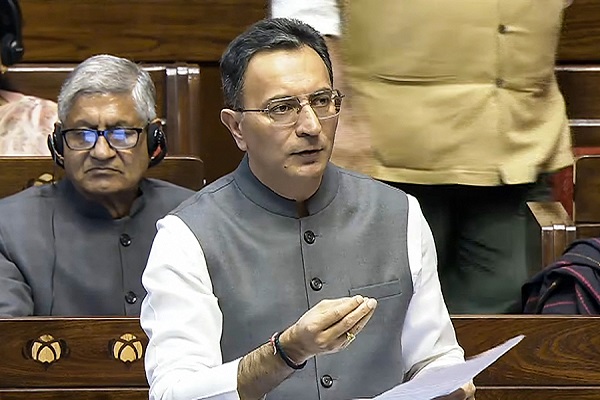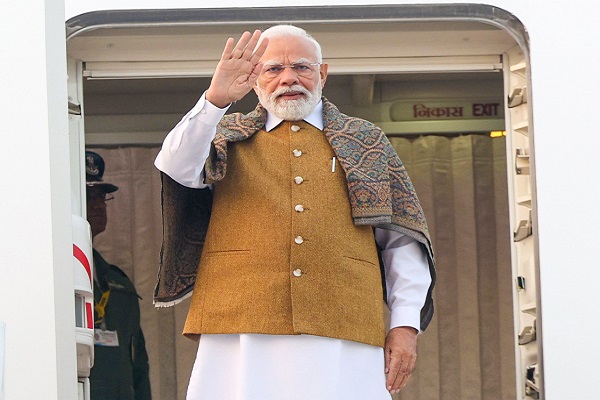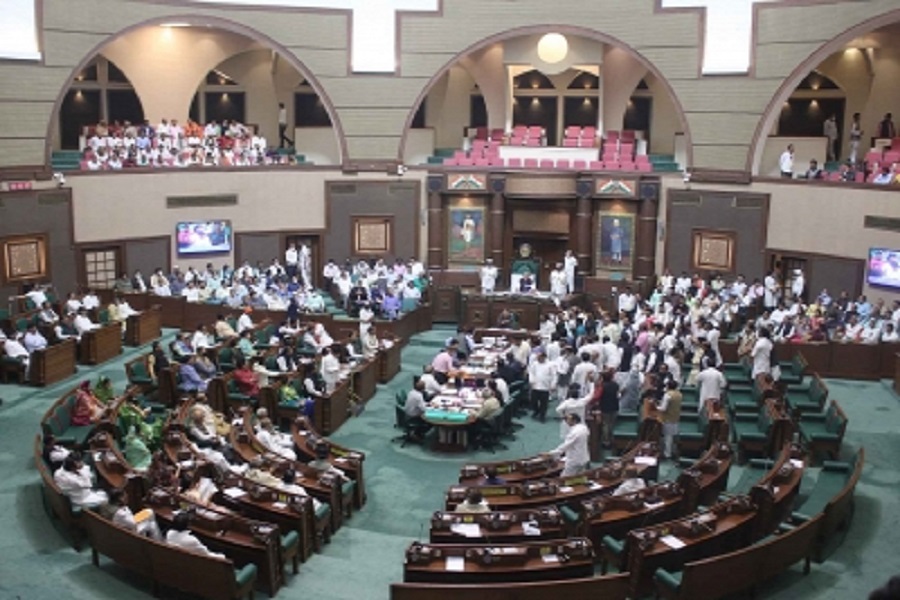Analysis-Unpredictable liquidity may prompt India cenbank to bring back fixed daily funding, sources say

India's central bank may revert to giving banks a fixed amount of on-tap overnight liquidity, heeding the call of lenders after its temporary use helped rein in a large cash deficit which is seen as critical for improving monetary transmission, banking sources and analysts said.
Senior bankers and central bank officials will meet next week to decide on a revised liquidity management framework and in discussions so far, lenders have asked for daily funds worth up to 1% of overall banking system deposits, two banking sources said.
The Reserve Bank of India's main cash management tool has been the 14-day variable repo since a change in 2020 that was intended to lower banks' reliance on the RBI and push them to better predict their liquidity needs.
However, one banking source said a fortnight's worth of liquidity prediction was nearly impossible now given 24/7 operations among other variables.
The banking system liquidity has swung wildly in the last few months due to the RBI's heavy forex interventions and unpredictable government spending patterns. As such, the RBI has drastically altered its approach, notably since Sanjay Malhotra took over as governor in December.
"There is already a change in the way RBI is managing liquidity. Banks want, and the RBI is giving, daily liquidity. So, the old framework is pointless," a source aware of the central bank's thinking said.
A formal switch in liquidity management, if implemented post discussions, has implications not just for the banks, but for the wider economy, affecting everything from interest rates to banks' lending and growth.
The sources declined to be identified as the conversations were private. An email to the RBI did not elicit a response.
CASH PUMP
Between December and March, the RBI infused around 6.2 trillion rupees ($72.50 billion) worth of durable liquidity into the banking system via a cash reserve ratio cut, forex swaps and open market bond purchases.
As such, the liquidity deficit shrunk to a three-and-a-half-month low this week and analysts expect a surplus in the fiscal year starting April.
"The RBI is likely to maintain core liquidity in surplus, within a range of 0.5-1.5% of NDTL (overall deposits)," said Vivek Kumar, an economist with QuantEco Research.
"The RBI could consider re-activating daily FRR (Fixed Rate Repo) borrowing at a convenient threshold, like 0.25% of NDTL. This could perhaps smoothen day-to-day operations, while also helping in providing early signals for fine-tuning measures."
Bankers said a liquidity surplus is also critical during a monetary-easing cycle as it aids monetary transmission and gives them comfort to issue loans.
To this end, the April monetary policy review is expected to prioritise liquidity management while cutting rates, said CareEdge, the research arm of Care Ratings, in a note on March 28.
"We expect that the RBI will continue to focus on liquidity management, ensuring favourable money market conditions."
RATE RETHINK
Banks are also suggesting the RBI stop tracking liquidity needs through the inter-bank borrowing market called the 'call money' and also move away from using the weighted average call rate as the operative target of monetary policy.
The call market, where mostly banks trade, no longer reflects market conditions accurately, the second banking source said, explaining that mutual funds and other financial system participants use signals such as TREPS (treasury bills repurchase) and CROMS (Clearcorp Repo Order Matching System).
In December, the RBI proposed introducing a new benchmark overnight rate called the 'Secured Overnight Rupee Rate' or SORR.
Some banks see this as the most appropriate rate to target but not all agree as mutual funds' cash conditions could swing this rate wildly, the first source said. ($1 = 85.5220 Indian rupees)























